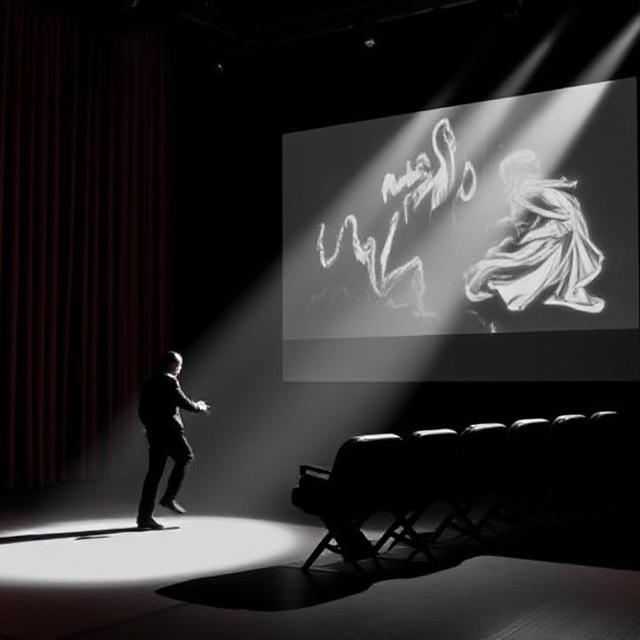
The three-act structure is one of the most essential storytelling frameworks for screenwriters. Used in countless successful films and TV shows, this structure breaks down a story into three distinct parts: the Setup (Act One), the Confrontation (Act Two), and the Resolution (Act Three). Understanding and mastering this structure can significantly improve your screenwriting and storytelling skills.
Whether you’re crafting an action-packed blockbuster or an intimate indie drama, the three-act structure serves as a solid blueprint to shape your narrative and keep audiences engaged. In this article, we’ll dive deep into each act, offering practical tips and examples to help you use this structure effectively.
What is the Three-Act Structure?
The three-act structure divides a screenplay into three parts, each serving a specific purpose in advancing the story and developing the characters. This storytelling model has been around for centuries, dating back to Aristotle’s principles of dramatic structure, and remains a cornerstone of modern screenwriting.
Here’s a breakdown of the acts:
- Act One: The Setup (25%)
Introduces the characters, setting, and main conflict. - Act Two: The Confrontation (50%)
The protagonist faces increasing challenges and obstacles, culminating in a major crisis. - Act Three: The Resolution (25%)
Brings the story to a satisfying conclusion by resolving the conflict.
Act One: The Setup (Pages 1–25)
The first act lays the foundation for your story. This act introduces your protagonist, establishes the world of the story, and hints at the central conflict. By the end of Act One, a major event—known as the inciting incident—pushes the protagonist out of their comfort zone and sets the story in motion.
Key Elements of Act One
- Introduction of the Protagonist and World: Show us who your protagonist is and what their life looks like before the story’s main events begin.
- Inciting Incident: This pivotal event disrupts the protagonist’s life and introduces the central conflict.
- First Plot Point: The protagonist makes a choice or faces a situation that propels them into Act Two. This is often referred to as the “point of no return.”
Example: The Matrix (1999)
In The Matrix, Act One introduces Neo, a computer hacker seeking answers about the mysterious Matrix. The inciting incident occurs when Neo meets Morpheus and learns the truth about the Matrix. The first act ends with Neo choosing to take the red pill, setting him on a path of no return.
Act Two: The Confrontation (Pages 26–85)
Act Two is the longest and most challenging part of the screenplay. This is where the protagonist faces a series of obstacles and challenges in pursuit of their goal. The stakes get higher, and the conflict becomes more intense.
Key Elements of Act Two
- Rising Action and Obstacles: The protagonist encounters various obstacles that test their resolve and push them closer to their breaking point.
- Subplots and Character Development: This is where secondary characters and subplots can enrich the main story.
- Midpoint Twist: A significant event that changes the direction of the story and raises the stakes even further.
- Second Plot Point: Leads into Act Three, often marked by a crisis or major setback for the protagonist.
Example: The Dark Knight (2008)
In Act Two of The Dark Knight, Bruce Wayne (Batman) faces increasing challenges as the Joker wreaks havoc on Gotham. The midpoint occurs when Harvey Dent is captured, and Batman is forced to make a difficult choice. The second act builds toward the chaotic downfall of Dent and Gotham’s descent into chaos.
Act Three: The Resolution (Pages 86–110)
Act Three wraps up the story, bringing it to a satisfying conclusion. The protagonist confronts the central conflict head-on, resulting in either success or failure. Loose ends are tied up, and the emotional and narrative arcs come to a close.
Key Elements of Act Three
- Climactic Showdown: The protagonist faces their greatest challenge. This is the moment of truth that determines the outcome of the story.
- Denouement: After the climax, the story winds down and provides closure for the audience.
- Final Image: The last scene or image should leave a lasting impression, reflecting the protagonist’s transformation.
Example: Rocky (1976)
In Act Three of Rocky, the climactic boxing match between Rocky Balboa and Apollo Creed takes center stage. Rocky doesn’t win the fight, but he earns personal victory by going the distance, completing his character arc.
Tips for Mastering the Three-Act Structure
- Outline Your Story First: Having a clear outline helps you stay on track and ensures that each act serves its purpose.
- Focus on Character Arcs: The three-act structure works best when the protagonist undergoes significant growth or transformation.
- Build Rising Tension: Make sure each obstacle is more challenging than the last, culminating in a powerful climax.
- Use Subplots Strategically: Subplots should complement the main story and contribute to the protagonist’s journey.
- Pay Attention to Pacing: Each act should feel balanced. Don’t rush through Act One or linger too long in Act Two.
Why the Three-Act Structure Works
The three-act structure resonates with audiences because it mirrors the natural rhythm of storytelling: beginning, middle, and end. It provides a logical progression that keeps viewers emotionally invested. When used well, it creates a satisfying, cohesive narrative that leaves a lasting impact.
Mastering the three-act structure is a crucial step toward becoming a successful screenwriter. While it’s not a rigid formula, it offers a reliable framework to build your story and captivate your audience. Remember that great screenwriting comes from balancing structure with creativity—use the three-act structure as a guide, but don’t be afraid to bend the rules when it serves your story.
Keep practicing, keep writing, and soon you’ll be able to craft compelling screenplays that resonate with audiences and stand the test of time.

